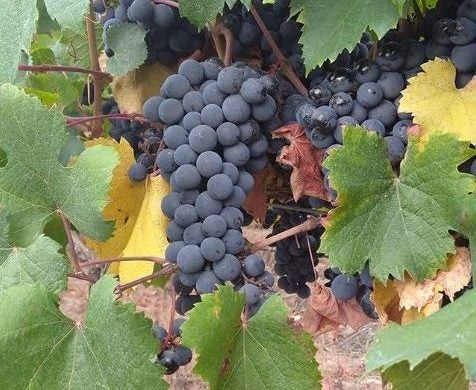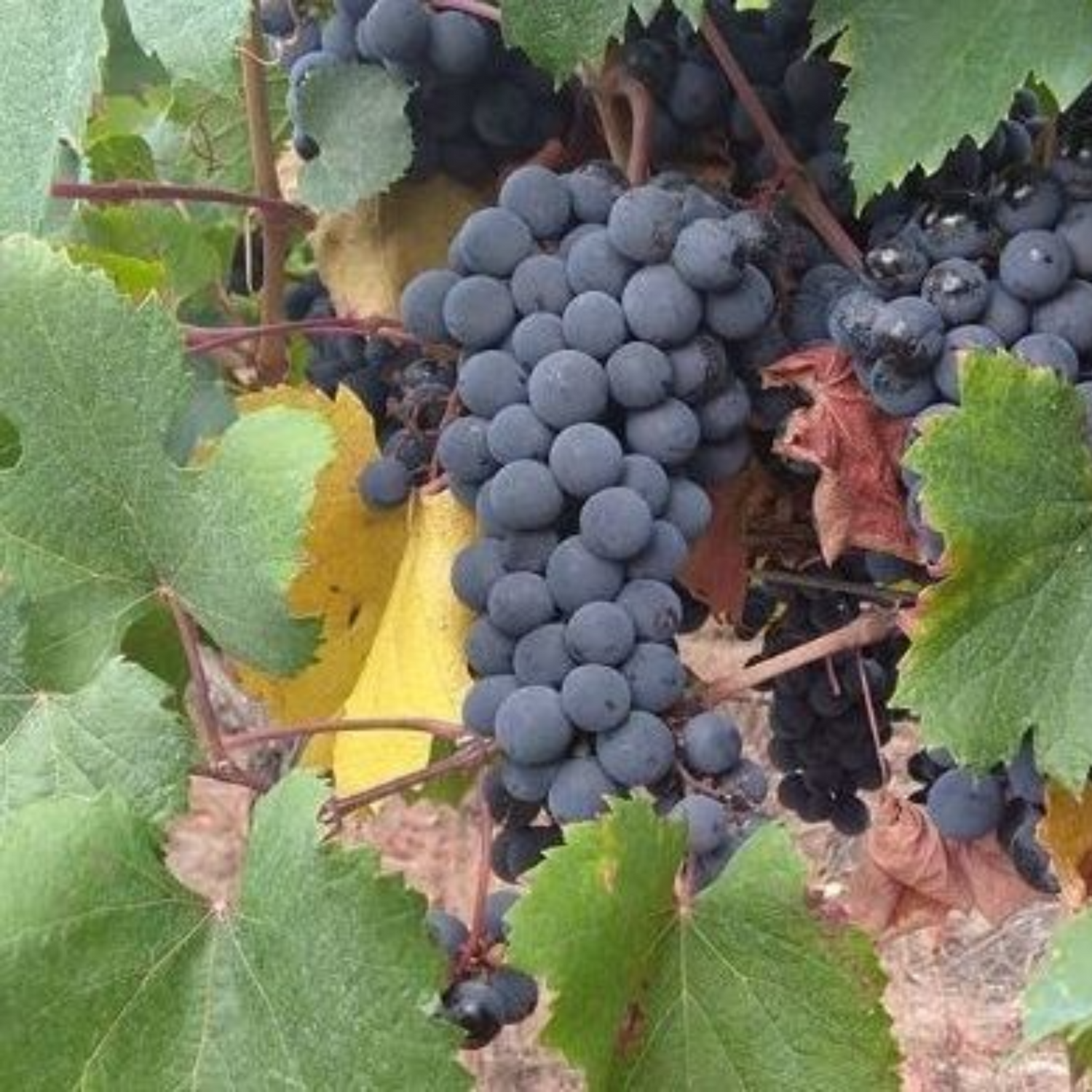THE HISTORY OF MALBEC
IN FRANCE
Originating from the southwest of France, the Malbec de Cahors grape variety is one of the oldest in Europe, if not the world. The Romans introduced it more than 2000 years ago!
Around the 19th century, the vines were booming but the expansion of Malbec de Cahors (also known as Auxerrois in this region) was halted by phylloxera, a devastating aphid that would decimate 90% of French vineyards.
It would rise from its ashes almost a century later thanks to the association of winegrowers and the creation of the PARNAC cellar around 1947, with the aim of resurrecting Malbec. Unfortunately, the cold snap of 1956 once again ruined the vineyard.
Despite everything, the winegrowers did not lose heart: in 1964, the Brotherhood of Cahors Wines was created.
Now essential in the Cahors vineyard with the obtaining of the Appellation d'Origine Contrôlée in 1971, Malbec must imperatively be present at a minimum of 70%.
IN ARGENTINA
The French agronomist Michel Pouget introduced it to Argentina in the mid-19th century, while the hectares of Malbec were in decline in France.
Malbec has found ideal conditions for its development, particularly in Mendoza: sunshine, climate, temperature and exceptional geology (Andes mountain range).
Since then, the genetic characteristics of Malbec have developed, forming its own cultural identity, without losing certain original characteristics. This "Argentine Malbec" has become a national emblem. At an international level, wines made from Argentine Malbec enjoy a great reputation and are recognized among the best in the world.
Today, more than 86% of Argentine Malbec is concentrated in Mendoza, where the first DOC (Denominación de Origen Controlada, equivalent to the AOC) of America is located, Malbec Lujan de Cuyo. Argentina is the world's leading producer.
For several years, the vines of the Cahors region have attracted more and more attention from other countries, particularly from Argentina , due to prices that are still affordable compared to the rest of France.
A nice swing of the pendulum!

AMPELOGRAPHIC CHARACTERISTICS
Adult leaves are medium-sized, orbicular and cuneate, entire and trilobed, and dark green in color with sharp teeth and a v-shaped petiole sinus.
The petiole tip is slightly pink and the median petiole is intensely colored reddish-purple.
The tip of the young branch has a high density of flattened hairs.
The cluster is medium, conical and clear.
The berries are spherical, small or medium-sized, bluish-black in color, with thin skin and soft pulp. The flesh is juicy and melting, both sweet and spicy.
It germinates in areas near the city of Mendoza in late September and early October and then ripens in March.

THE WINE
Malbec produces colorful, fragrant and tannin-rich wines that are suitable for aging in vats or barrels.
Its most remarkable characteristic is its dark, intense color with cherry tones and purplish reflections.
Its aromas are reminiscent of a mixture of ripe red fruits, strawberry jam or wild berries.
On the palate, the wine will express all its splendor with a silky texture, a long persistence, and a pleasant finish.


